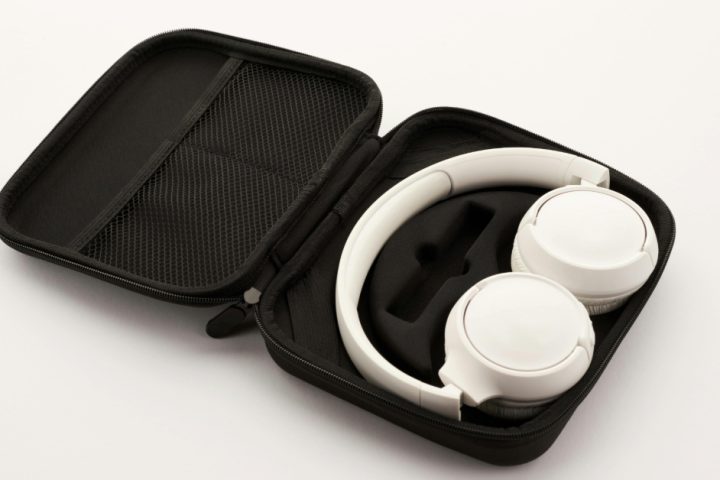Last Updated on June 12, 2022 by Muhammad McCabe
Sometimes it can be difficult to know what’s what when it comes to digital audio advertising, especially with so many misconceptions out there about its effectiveness. Many brands and advertisers may not be fully aware of innovations in the audio space that make it a key player in any well-rounded advertising strategy. So, we’d like to clarify these common misconceptions that could be holding many advertisers back from driving better results from their advertising campaigns.
Read on to discover our responses to the top five myths surrounding digital audio advertising.
Myth 1: Audio is best served as a brand awareness tool.
True and False. Digital Audio’s robust targeting capabilities paired with its expansive reach can absolutely support brand awareness campaigns, but it also allows for lower funnel, highly targeted campaigns that drive specific actions such as purchases.
Myth 2: You can’t measure audio like other forms of media.
False. Measurement and attribution are alive and well in digital audio. Advertisers have been measuring immediate engagement and conversions, brand uplift, footfall and even sales. Advertisers can tie back results to standard campaigns AND direct response campaigns as well.
Myth 3: Advertising in audio, specifically podcasts, can be risky from a brand safety perspective.
False: Thanks to advancements in AI transcription technology, brands now can gain deeper insights into podcast content that lets them understand, at an episode level, what the theme and overall sentiment is – more than just keywords. These new insights let brands not only target to, but away from, specific content that may not align with their brand values. It also has opened up new podcast shows and subsequently new audiences that are ideal for a brand’s message.
Myth 4: Audio isn’t ready to be part of the media mix.
False: When sight and sound (audio and display) advertising were combined, AdsWizz advertisers saw on average an increase of 4x in conversion rates, as compared to display only benchmarks. Other studies have shown the power of combined audio and social campaigns where audio takes the lead on recall and social serves as a conversion platform.
Myth 5: Without audience IDs, targeting in audio isn’t as strong.
False: Audio, especially podcasts, have built advanced targeting parameters without the luxury of audience IDs – this has put Audio at an advantage in a cookieless world. One of Audio’s biggest strengths is the ability to tap into key moments where listeners’ engagement level is heightened by the activities they are acting out while listening.
Click here for a downloadable PDF version of the Top 5 Myths of Digital Audio Advertising.



